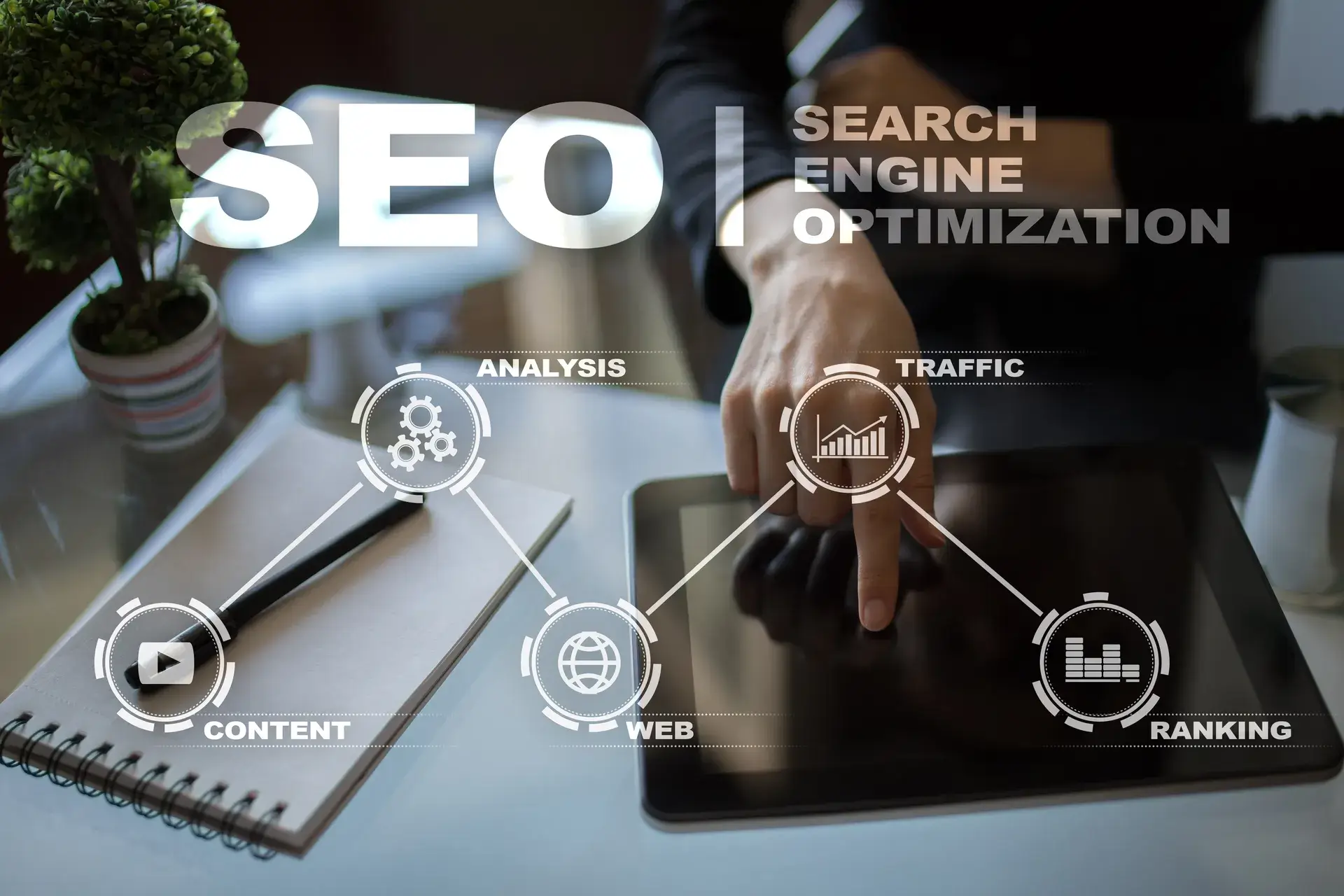On-page SEO content is a crucial component of digital marketing strategies, directly impacting search engine rankings and user experience. By effectively optimizing individual pages on your website, you can enhance visibility and attract more organic traffic. In this comprehensive guide, we'll explore the essential elements of on-page SEO content, including keyword usage, content structure, meta tags, and more.
What is On-Page SEO?
On-page SEO refers to the practices you utilize to optimize individual web pages to rank higher in search engines and earn more relevant traffic. This includes optimizing content, HTML elements, and website structure. Unlike off-page SEO, which focuses on links from external sites, on-page optimization focuses solely on your own website.
Key Elements of On-Page SEO Content
1. Keyword Research and Usage
Effective on-page SEO starts with keyword research. Identify the keywords that your target audience is searching for and incorporate them naturally into your content. Here are some tips:
- Primary Keywords: Place primary keywords in the title, headers, and the first paragraph.
- LSI Keywords: Use Latent Semantic Indexing (LSI) keywords to improve content relevance.
- Keyword Density: Maintain a natural keyword density (about 1-2%) to avoid keyword stuffing.
2. Meta Tags Optimization
Meta tags provide information about your webpage to search engines and users. Key components include:
- Title Tag: Limit to 60 characters and ensure it includes your primary keyword.
- Meta Description: Craft a compelling description (around 150-160 characters) that entices users to click on your link.
3. Content Structure
Your content should be well-structured for both readability and SEO. Here are some best practices:
- Use Headers: Break up content with H1, H2, and H3 tags to improve readability and hierarchy.
- Short Paragraphs: Keep paragraphs concise for better engagement and easier scanning.
- Bullet Points: Use bullet points and numbered lists to highlight key information.
4. Internal Linking
Use internal links to guide visitors to related content on your site, which can help increase page views and reduce bounce rates. Ensure that the anchor texts are relevant and descriptive.
5. Image Optimization
Optimizing images can enhance your SEO and improve loading times:
- File Names: Use descriptive names that include keywords.
- Alt Text: Provide alternative text to describe images for search engines and improve accessibility.
- Compression: Compress images to ensure fast loading speeds without compromising quality.
Conclusion
On-page SEO content is a vital part of any digital marketing strategy. By optimizing keywords, meta tags, content structure, internal links, and images, you can enhance your website's visibility and drive more organic traffic. At Prebo Digital, we specialize in on-page SEO strategies to help businesses succeed online. Ready to optimize your website? Contact us today for a consultation!







